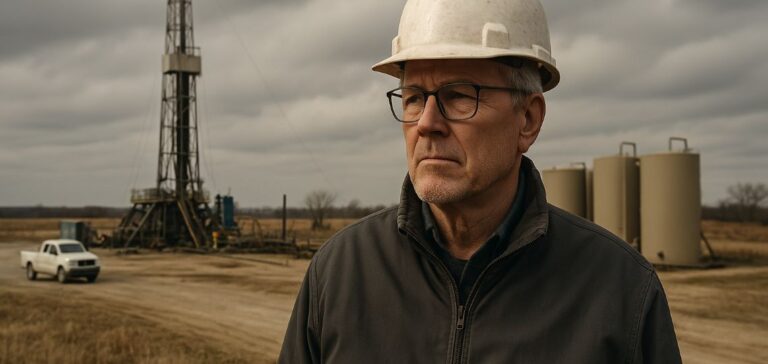PureWave Hydrogen Corp., a Vancouver-based company listed on the TSX Venture Exchange, confirmed on April 8 the expansion of its land position at the Lily Rock site, located within the Mid-Continent Rift (MCR) in Kansas. This geological corridor is drawing growing interest from energy sector stakeholders seeking naturally occurring hydrogen sources, also referred to as “white hydrogen.”
The Mid-Continent Rift, a deep geological structure running through several central U.S. states, is experiencing renewed attention due to recent findings of gas mixtures with high hydrogen and helium concentrations. Notably, HyTerra Ltd., listed on the Australian Securities Exchange, reported that its Hoarty NE3 well, drilled within the Geneva Project in Nebraska, yielded hydrogen levels of 44% and helium concentrations of up to 12.8%.
Promising geological indicators
These findings have reinforced the view that the MCR may serve as a viable basin for geological hydrogen extraction. Koloma, a privately held company backed by Breakthrough Energy Ventures, Mitsubishi Heavy Industries and Bill Gates, is currently conducting extensive seismic and geological research across this corridor.
Greg Busby, Chief Executive Officer of PureWave Hydrogen, stated that the Lily Rock project’s alignment with the exploration areas of Koloma and HyTerra is strategically important. He believes that the shared geological framework improves the likelihood of locating commercially viable concentrations of natural hydrogen.
Broadening exploration activities
PureWave Hydrogen plans to continue developing strategic partnerships with scientific and institutional stakeholders to mitigate risks associated with its exploration targets. The company is also reviewing options to acquire additional land within this emerging hydrogen zone in Kansas.
No specific operational timeline has been disclosed regarding the drilling of new wells or the technical assessment of the region’s precise potential. Nonetheless, the parallel progress of other companies across the MCR highlights a growing sectoral momentum around this still largely untapped resource.






















